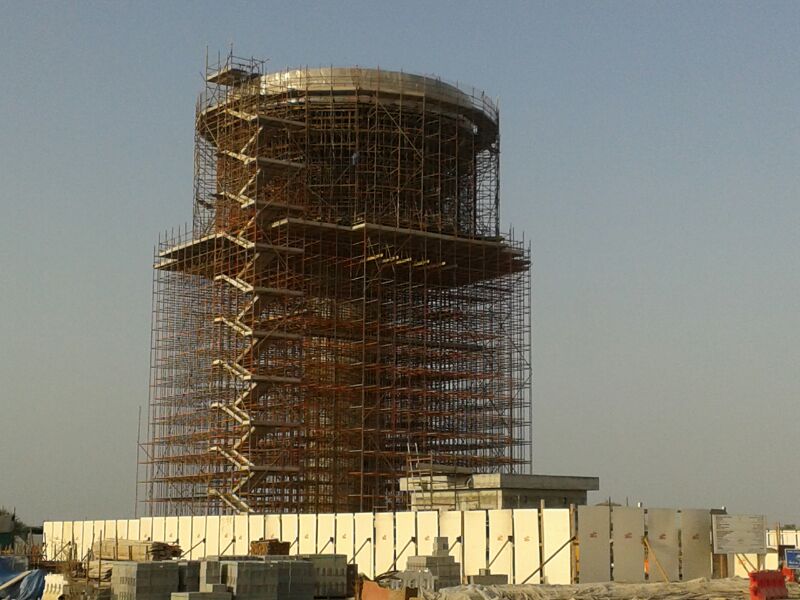Do Formworkers need more training?

The activities of formwork and scaffolding are often grouped together under the general umbrella term of ‘temporary works’, but the industry approach to these two related fields is extremely different. These two activities share a number of functional and physical similarities, but the distinction is that scaffolding is traditionally taken to mean ‘access scaffolding’ and is concerned with supporting work platforms, while formwork is the generic term used to describe pretty much any temporary structure used to support concrete until it sets.
Despite the distinction, both formwork and scaffolding are share more similarities than differences. They are both concerned with the building of temporary structures that support of the general activity of building the permanents structure. They both tend to use equipment that is manufactured from tubular steel vertical elements coupled with timber horizontal elements and in many cases actually share common equipment.
Despite using the same general principles and equipment, the distinction between scaffolding and formwork is quite important as both activities are dealt with in an extremely different fashion by the construction industry, in particular, the training required by those who carry out each activity.
Scaffolding is one of the most scrutinized and regulated activities within construction. We have separate British or European standards for every component used from tubes and fittings to boards and ties; and specific guidelines backed by legislation on how they should be used and who is permitted to use them.
Formwork, for some reason, is not as closely controlled. Where a scaffolder would be required to present proof of training and competence prior to erecting even a basic a scaffold, we rarely test the credentials of a a ‘shuttering carpenter’ prior to him (or her) beginning work. The scaffold will generally be required to carry workmen and tools (150kg/m2) while the formwork for a 300mm slab for example needs to support the combined concrete, self-weight and live load of over 1 tonne per square meter. The formworker job would appear a more complex, but is often carried out by workers with no specific training.
We often use the term shuttering carpenter to describe a formwork operative, but is formwork really the job of a carpenter? There is a enormous difference between hanging a door and assembling slab formwork….which begs the question: is a carpenter the most capable to assemble a complex a formwork systems? Maybe it is time that formwork became a trade in its own regard and that we require those involved to get specific training so we can be confident those carrying out the work are competent to do so?